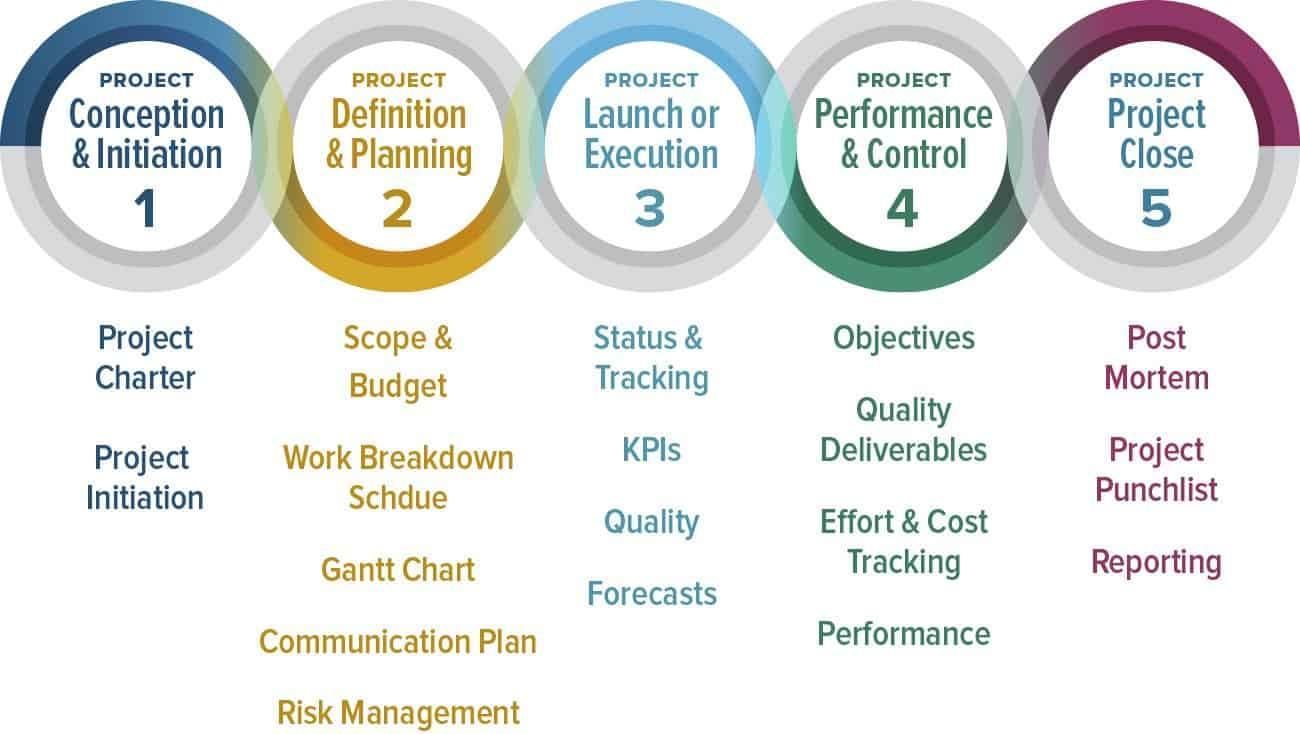Managing IT projects can be a daunting task, especially with the rapidly evolving technology landscape and complex requirements. However, with proper planning, effective communication, and attention to detail, you can increase the chances of project success. In this article, we will discuss some essential tips for IT project management.
1. Define Clear Objectives
One of the most critical steps in IT project management is to define clear objectives. Clearly stating what the project aims to achieve helps in setting realistic expectations and aligning the team’s efforts. Use HTML markup to emphasize the importance of this step:
“Remember, clear objectives serve as a roadmap for the project and guide decision-making throughout the process.”
2. Create a Detailed Project Plan
Developing a comprehensive project plan is crucial for successful IT project management. Break down the project into smaller tasks and create a timeline for each. Utilize HTML markup to highlight the importance of planning:
“A well-defined project plan helps in identifying dependencies, allocating resources effectively, and managing timelines.”
3. Communicate Effectively
Effective communication is vital in IT project management. Regularly update the project stakeholders about progress, challenges, and changes. HTML markup can emphasize the significance of communication:
“Keep all team members informed about project updates and encourage open communication.”
4. Identify and Manage Risks
Risks are inevitable in IT projects, but identifying and managing them proactively can minimize their impact. Use HTML markup for key points on risk management:
[1] “Conduct a thorough risk assessment at the start of the project and develop contingency plans for major risks.”
[2] “Regularly review and update the risk register, and address emerging risks promptly.”
5. Engage and Empower the Team
Creating a motivated and empowered team is crucial for project success. HTML markup can highlight this point:
“Empower team members to make decisions and provide them with the necessary resources and support.”
6. Track Progress
Regularly track the project’s progress against the defined objectives to ensure it stays on track. HTML markup can help emphasize the importance of progress tracking:
“Monitor key performance indicators and milestones to measure progress and take corrective actions if necessary.”
7. Adapt to Change
The IT landscape is constantly changing, and projects may encounter unforeseen challenges. Embrace change and adjust the project plan accordingly. HTML markup can be used to emphasize this point:
“Be flexible and prepared to adapt the project plan as new information or requirements arise.”
8. Learn from Past Projects
Reflecting on past projects can provide valuable insights to improve future ones. HTML markup can be applied to highlight this learning opportunity:
“Conduct a lessons learned session at the end of each project and document key takeaways for future reference.”
Conclusion
IT project management requires a combination of technical skills, effective communication, and adaptability. By following these tips and utilizing HTML markup to emphasize the key points, you can increase the chances of successfully delivering IT projects on time and within budget.
“Remember, successful IT project management is a continuous process of learning, adapting, and communicating with the team and stakeholders.”
Implementing these tips will help streamline your project management process and ensure a higher success rate for your IT projects.
References:
Project Management Institute. (2017). A guide to the Project Management Body of Knowledge (PMBOK guide), 6th Edition. Project Management Institute.
